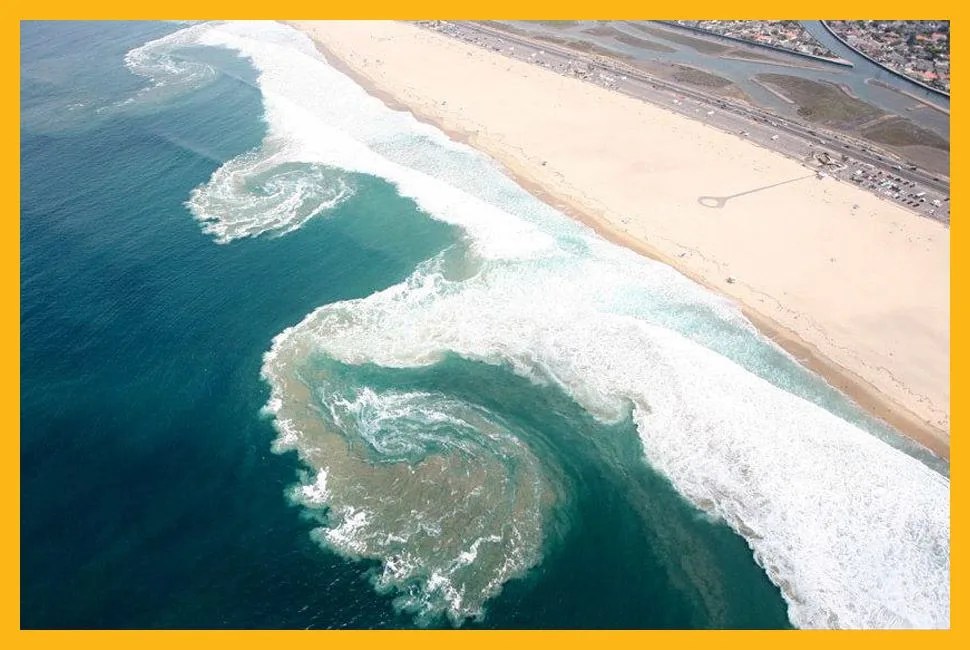There’s little disputing the fact that swimming is one of the best full body workouts you can get, but doing laps at the over-chlorinated pool at the Y is about as exciting as assembly line work. Open water swimming, on the other hand, is more adventurous and a better workout, thanks to waves and the lack of a wall to push off of every 25 yards. But it’s not without its risks. Aside from underestimating the distance to that island, or the odd nibble from a bull shark, there’s the more prevalent threat of rip currents, which can occur at just about any ocean beach. Many people drown in rip currents every year at beaches around the world. But the fact is, if you know how to escape one, you can live to swim another day. Here’s how, as explained by Tom Gill, Public Information Officer for the United States Lifesaving Association.

1Know What a Rip Is (and Isn’t). In order to escape from a rip current it is important to understand what one is and how it develops. Rip currents are sometimes called “rip tides” and “undertow”, but they are not tides and they will not pull someone under. “Essentially a rip current is a channel of water moving away from the shore and may be caused by obstructions in the water such as piers and jetties”, explains Gill. “But these areas are typically closed to swimming, so the rip currents that most people encounter are caused by breaks in sandbars that run at a right angle to the beach.”
When there is a break in a sandbar, it becomes the path of least resistance and acts as a funnel that moves the water at a high speed back out past the sandbar towards the open sea beyond.
2Spot the Rip. Rip currents are deceptive in that they are often calmer areas of water where the waves may not be breaking. Experienced lifeguards also look for cloudy or discolored areas of water moving away from the shore, which are much easier to see from the height of a guard stand.
3Stay Calm and Float. If you get caught in a rip current, the first reaction, as with most emergency situations, must be to stay calm. The current will pull you out, but not under — so if you can float, you can survive it.
4Swim Across. If you’re a more experienced swimmer, you can start to swim laterally across the current — i.e., parallel to the shoreline — and once you are no longer being pulled out, you can easily swim towards shore. “If that is too much, conserve energy and wave and scream for help”, Gill advises.
Final words: Most people drown in a rip current because they panic, use all of their energy in a futile battle against the rip or have no swimming ability whatsoever. Open water swimmers must have a strong swimming ability and should always swim near a lifeguard. The US Lifesaving Association maintains a list of USLA Certified Agencies.
